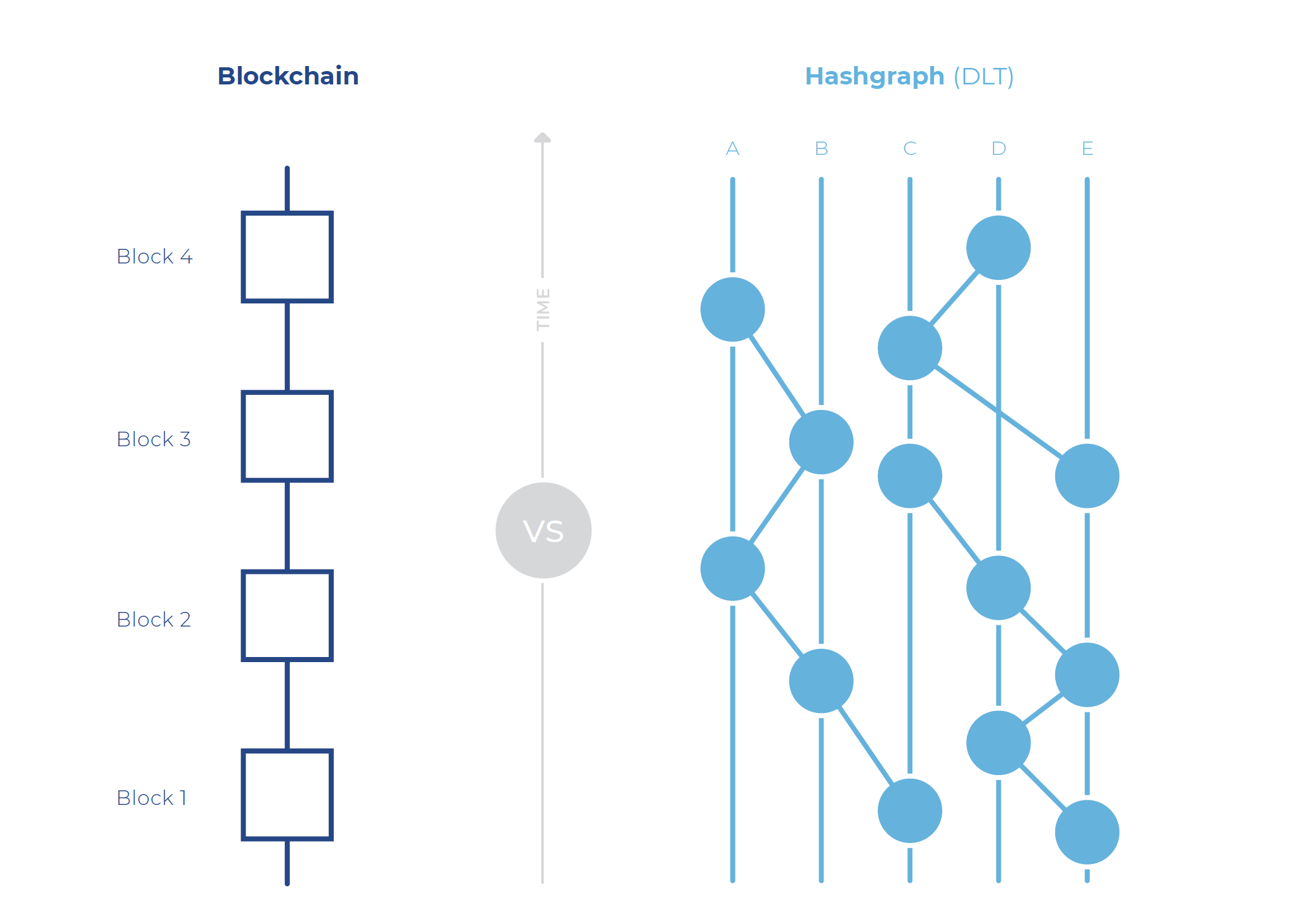The Pulse
Blockchain Technology for Healthcare in the Spotlight
Category: Blockchain, Healthcare Technology
IN A NUTSHELL:
- Blockchain technology strong potential for many areas of healthcare
- Distributed Ledger Technology offers increased security for medical documents
- Hashgraph could aid with recent increase in healthcare cyberattacks
The global market for blockchain technology is projected to reach $30.7 billion by the year 2027, according to a recent report, with the healthcare industry leading the way.
The study highlights the requirement for coordination as one of the driving forces for healthcare, along with the professional services, manufacturing, and retail industries. According to the data from the research, blockchain holds significant potential for prescription management, credentials, licenses, and other medical data.
Similar to blockchain, Distributed Ledger Technology (DLT), particularly Hashgraph, is a prime example of how effective this type of technology can be in healthcare due to its consensus algorithm, cutting-edge security, and speed. A distributed ledger is a collection of transactions maintained in a decentralized form across multiple computers, called nodes. Each node replicates and stores the ledger and updates itself independently.
These ledgers are not maintained by any one person or group. Instead updates are independently recorded by each node. Nodes vote to achieve consensus, which is when all nodes agree on the order and content of transactions added to the ledger.
How DLT is different than blockchain
Hashgraph DLT is an alternative to blockchain. It is a distributed consensus mechanism utilizing a decentralized platform without servers. It enables 250,000+ transactions per second, offers mathematically proven fairness, and provides asynchronous Byzantine Fault Tolerance for maximum security.
In blockchain, the proof of work consensus is designed to slow down the addition of blocks to the chain to reduce forking in the chain. Unlike this inefficient mechanism, DLT uses a virtual voting consensus algorithm. This “gossip protocol” enables asynchronous Byzantine fault tolerance, the strongest security possible, as well as fairness and speed.
Asynchronous byzantine fault tolerant (ABFT) is able to withstand hacker attacks, DDoS attacks, botnets, and firewalls of the communication network and network nodes if any.

The most significant difference between DLT and blockchain is their approach. Blockchain stores data in blocks—in a linear way. The append approach works great but is not always the way for blockchain solutions out there.
Hashgraph, on the other hand, utilizes the directed acyclic graph for storing and accessing information. Since every container of transactions is incorporated into the ledger, none are discarded, which makes DLT more efficient than blockchains. All the branches never cease to exist and are woven together into a single whole.
Hashgraph for Data Security: Why It Is Needed
Healthcare facilities, networks, and plans of all sizes are constant targets for cyberattacks. In January of 2021, a single hacking incident on Florida Healthy Kids Corporation, a health care plan, affected more than 3 million people.
A few months later at the beginning of May, Scripps Health in San Diego was hit by a ransomware attack—forcing an EHR downtime, offline patient portal, diversion of patients to other hospitals, and exposure of patient data.
The outlook for cybersecurity in the healthcare industry isn’t good. A report by Black Book Market Research Data predicts breaches are likely to triple in volume throughout 2021. The survey results suggest that 1,500 healthcare providers are vulnerable to data breaches of 500 or more records. This is a 300% increase over 2020.
It is clear that all sectors of the health care industry are targets for cyberattacks. While the financial toll for the facility and the patients resulting from the attack itself is already high, recovering from such an incident tacks on even more money. The average health care organization spends $1.4 million to recover from a cyberattack.
The most important step any facility or health care network can take is to prevent these attacks from occurring in the first place. Prevention of cyberattacks in healthcare is where distributed ledger technology has promising potential.
To learn more about how your facility can be ready with Ready Doc™ and secure your medical documents with Hashgraph Distributed Ledger Technology, schedule a FREE demo online today or call 844-413-2602.
Related Posts: